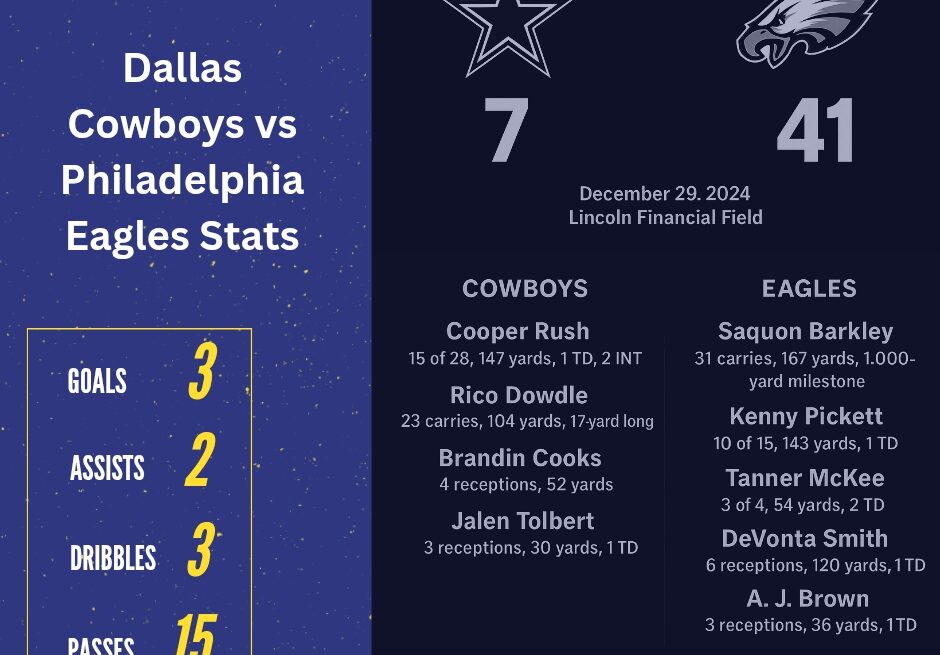Basketball is a fast-paced sport that requires a combination of skill, agility, and a deep understanding of rules. One of the most common violations that players encounter is traveling, often referred to as simply “travel.” Many beginners and even some experienced players misunderstand this rule, which leads to frequent debates during games. To play basketball effectively and fairly, it is crucial to understand what constitutes a travel, why it happens, and how it can be avoided.
In this article, we will explore the meaning of travel in basketball, its historical background, official definitions, common situations, examples, and tips to avoid committing this violation.
Understanding Basketball and Its Rules
Basketball is a team sport played between two sides, typically with five players each, aiming to score points by shooting the ball into the opponent’s basket. Since the game is highly dynamic, rules are in place to ensure fair play. These rules regulate dribbling, passing, shooting, defending, and movement on the court. One of the key regulations is related to player movement while holding the ball.
👉 To learn more about the sport itself, you can check the Basketball page on Wikipedia.
What is a Travel in Basketball?
Traveling in basketball occurs when a player holding the ball moves one or both feet illegally. The most common example is when a player takes too many steps without dribbling.
The official rule, according to basketball regulations, states:
- If a player receives the ball while moving or standing still, they are allowed to establish a pivot foot.
- Once the pivot foot is established, the player cannot lift it before beginning a dribble, pass, or shot.
- Taking more than the allowed steps without dribbling results in a traveling violation.
Simply put, traveling means moving illegally with the basketball in hand.
Historical Background of the Travel Rule
The traveling violation has been part of basketball since its early development. James Naismith, the inventor of basketball in 1891, included rules about player movement to keep the game structured. As basketball evolved into a global sport with organizations like the NBA (National Basketball Association) and FIBA (International Basketball Federation), the travel rule became more refined.
While interpretations may vary slightly between leagues, the core principle remains consistent: a player must dribble the ball if they want to move across the court.
Common Situations Leading to Traveling
Travel violations can happen in various situations, including:
1. Taking Extra Steps After Picking Up the Ball
When a player stops dribbling and continues to take more than two steps before releasing the ball, it results in a travel.
2. Shuffling Feet Without Dribbling
A common mistake among beginners is shuffling or sliding both feet without dribbling, especially when pressured by defenders.
3. Incorrect Pivot Foot Movement
Once a pivot foot is established, it must stay planted until the player passes, dribbles, or shoots. Lifting or dragging the pivot foot before doing so counts as traveling.
4. Falling Without Maintaining the Pivot
If a player holding the ball falls to the ground or gets up without dribbling, it is usually considered a travel.
5. “Euro Step” and Misinterpretation
The Euro step is a legal move in basketball, but if performed incorrectly with extra steps, referees may call it a travel.
Examples of Traveling in Professional Basketball
Even professional players commit traveling violations. Referees at the NBA or FIBA level often catch players who:
- Take three or more steps after stopping a dribble.
- Move their pivot foot too early.
- Try advanced footwork like spin moves or step-backs but miscalculate their steps.
Interestingly, fans sometimes debate whether referees enforce this rule strictly, especially in the NBA, where some claim star players occasionally get away with extra steps.
Why is Traveling Considered a Violation?
The main reason traveling is a violation is to maintain fairness and flow in the game. If players were allowed unlimited steps without dribbling, basketball would become unbalanced, giving unfair advantage to the offense.
The travel rule ensures:
- Fair competition between offense and defense.
- Skill development, since players must master dribbling and footwork.
- Game structure, preventing chaos on the court.
How to Avoid Traveling in Basketball
For players, especially beginners, avoiding traveling is essential to becoming effective on the court. Here are some tips:
- Master Dribbling Skills – Always start moving with a dribble before taking steps.
- Learn Pivot Foot Technique – Establish your pivot foot and keep it grounded until ready to dribble, pass, or shoot.
- Practice Footwork Drills – Exercises like jump stops, spin moves, and controlled layups help develop legal movement.
- Stay Calm Under Pressure – Many travels occur when players panic against defenders. Staying composed reduces mistakes.
- Watch Professional Games – Observing skilled players helps in understanding proper movement and legal steps.
Differences in Traveling Rules Between Leagues
While the core definition of traveling remains the same, interpretations can vary:
- NBA – Allows two steps after stopping dribbling. This leads to discussions about whether moves like step-backs sometimes look like travels.
- FIBA – Has a stricter interpretation, with referees often calling travels more frequently.
- College Basketball – Follows NCAA rules, which are similar to FIBA but can vary slightly in enforcement.
These differences highlight the importance of knowing which rulebook applies in the league you are playing in.
Misconceptions About Traveling
Many fans and players hold misconceptions about the travel rule. Common myths include:
- “Jump stops are always a travel.” – This is false; jump stops are legal if performed correctly.
- “The Euro step is traveling.” – Not necessarily; when executed properly, it is a legal move.
- “Star players never travel.” – While referees may miss calls, traveling applies to everyone.
Conclusion
So, what is a travel in basketball? It is an illegal movement with the ball where a player takes too many steps without dribbling or misuses their pivot foot. This rule is one of the most fundamental in basketball, ensuring fair play, structured movement, and skill development.
By mastering dribbling, pivoting, and footwork, players can avoid traveling violations and improve their overall performance on the court. Whether you’re a beginner learning the basics or an advanced player refining your technique, understanding traveling is essential to excelling in basketball.
👉 To explore more about the sport and its rules, you can read the Basketball article on Wikipedia.




